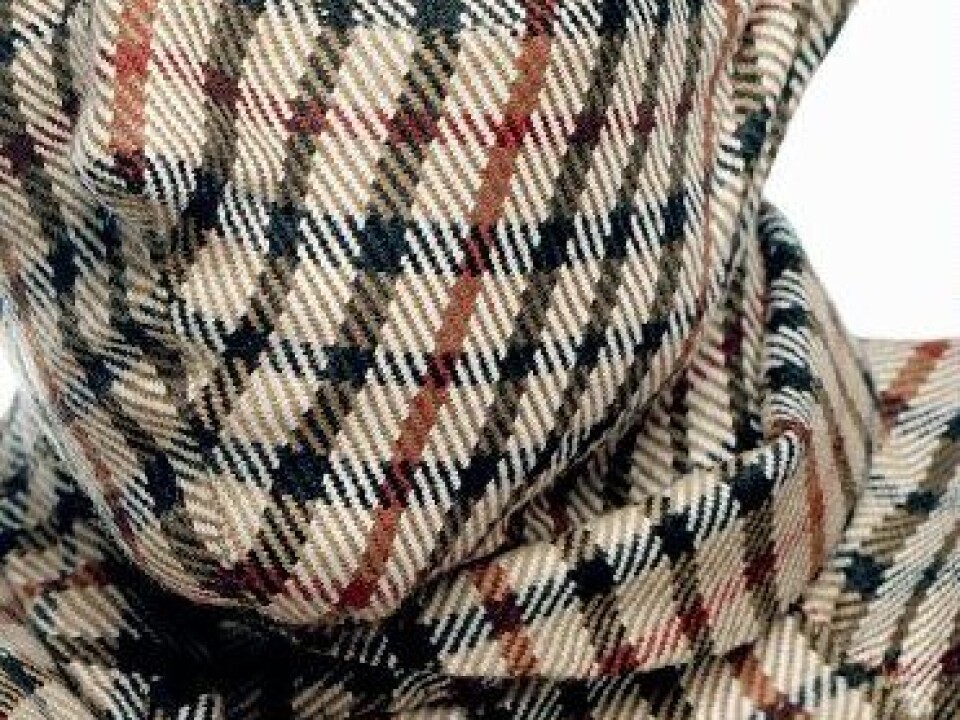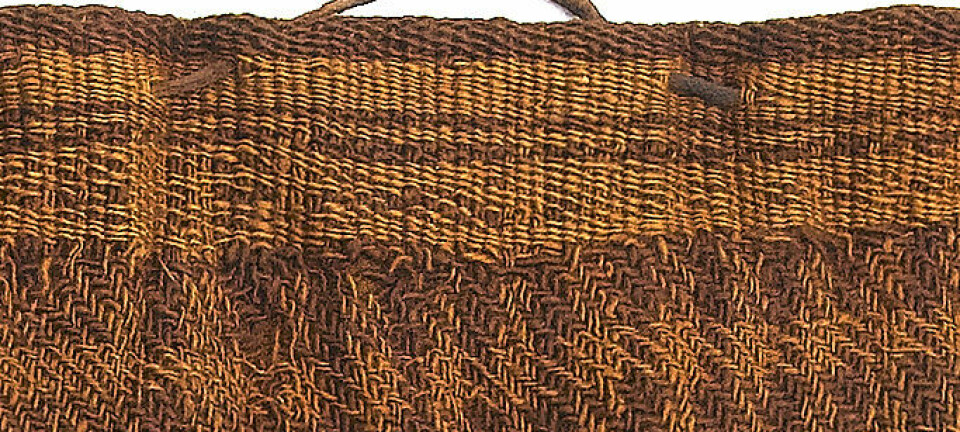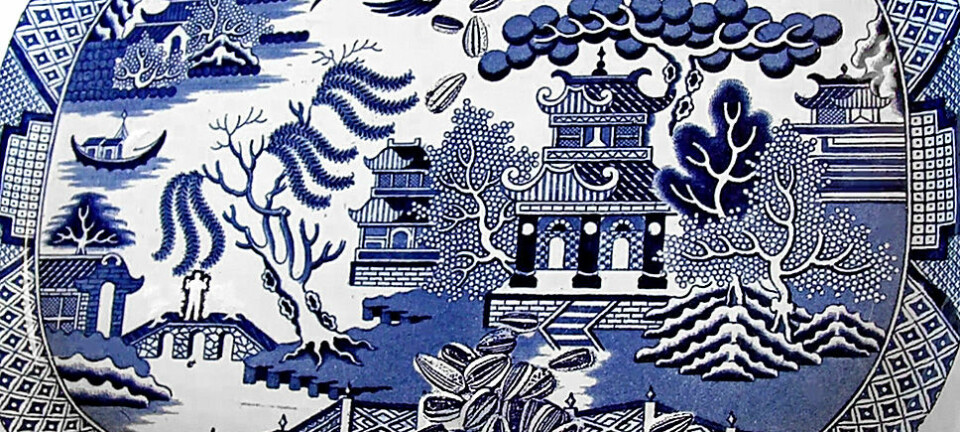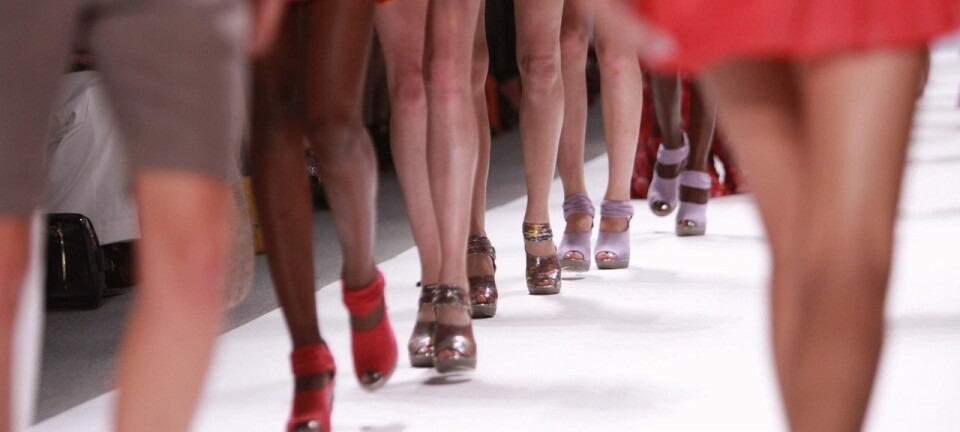
Critical of the fashion industry
Nordic fashion researchers are concerned about more than materials, styles and techniques. They are also critical of the industry, according to a new book on fashion research.
Denne artikkelen er over ti år gammel og kan inneholde utdatert informasjon.
The new book Nordic Fashion Studies gives an insight in the different disciplines and perspectives of fashion researchers.
“The volume grew out of a workshop at Stockholm University’s in 2008, which was attended by fashion researchers who’d been invited from all the Nordic countries,” says Louise Wallenberg.
She’s director of the Centre of Fashion Studies at the Stockholm University and co-edited the book.
The contributors view fashion from several perspectives. The articles discuss fashion production and consumerism as well as the representation of fashion.

The book looks at fashion’s relationship to the cultivation of cultural gender and ideals – some contribute with a focus in a single national context, whereas others are more comprehensive.
“The book discusses new male ideals, as they emerge within fashion, and how fashion is used to make men more attractive, erasing sexual boundaries,” says Wallenberg.
Diverse research backgrounds
“One of the contributions examines the fashion industry’s ideals and focus on the slender body from a critical perspective. Another deliberates on models’ presence both as objects and subjects,” says Wallenberg.
Indeed, the book’s researchers are diverse in their backgrounds. For example, one of the articles is a cooperation between researchers from the fields of etnology, nutrition and sustainable consumption.

This is the article “Sizes are arbitrary, you can’t trust them” A study of the Relationship Between Size Labelling and Actual Clothing Sizes". It is written by Ingun Grimstad Klepp, who is a an ethnologist and researcher in subjects including clothing habits, housework and leisure time, Benedicte Hauge who has has an MA in dieting and food habits, and Kirsti Laitala who is is a PhD student and engineer in textiles and sustainable consumption. All three work at the National Institute for Consumer Research (SIFO) in Norway.
An expanding field of study
Wallenberg says fashion research is undergoing steady growth, with an increasing number of schools and colleges in the Nordic countries offering courses in fashion theory and history. Academic as well as popular cultural publications in the field are also multiplying.
The subject is multidisciplinary and no particular area dominates the field.
"The book we’ve published is a prime example of the broad scope of the subject,” says Walleberg.
She points out that research in fashion is interesting in many different ways, as fashion can reflect our economic and cultural history and at the same time play a more active role in society.
"Fashion results from and testifies to social changes," says Wallenberg.
She adds that it can also be viewed as an important contributer to these changes: For instance fashion’s headway and strong influence in the late 1800s can be interpreted as a vital, dynamic force in shaping the modern era.
The 19th Century art critic Charles Baudelaire and later the German philosopher and art theoretician Walter Benjamin assign fashion a key role in modernity.
“Fashion isn’t limited to highlighting cultural and economic conditions, it expresses an approach toward genus − the cultural gender,” concludes Wallenberg.
----------------------------
Read this article in Norwegian at forskning.no
Translated by: Glenn Ostling


































